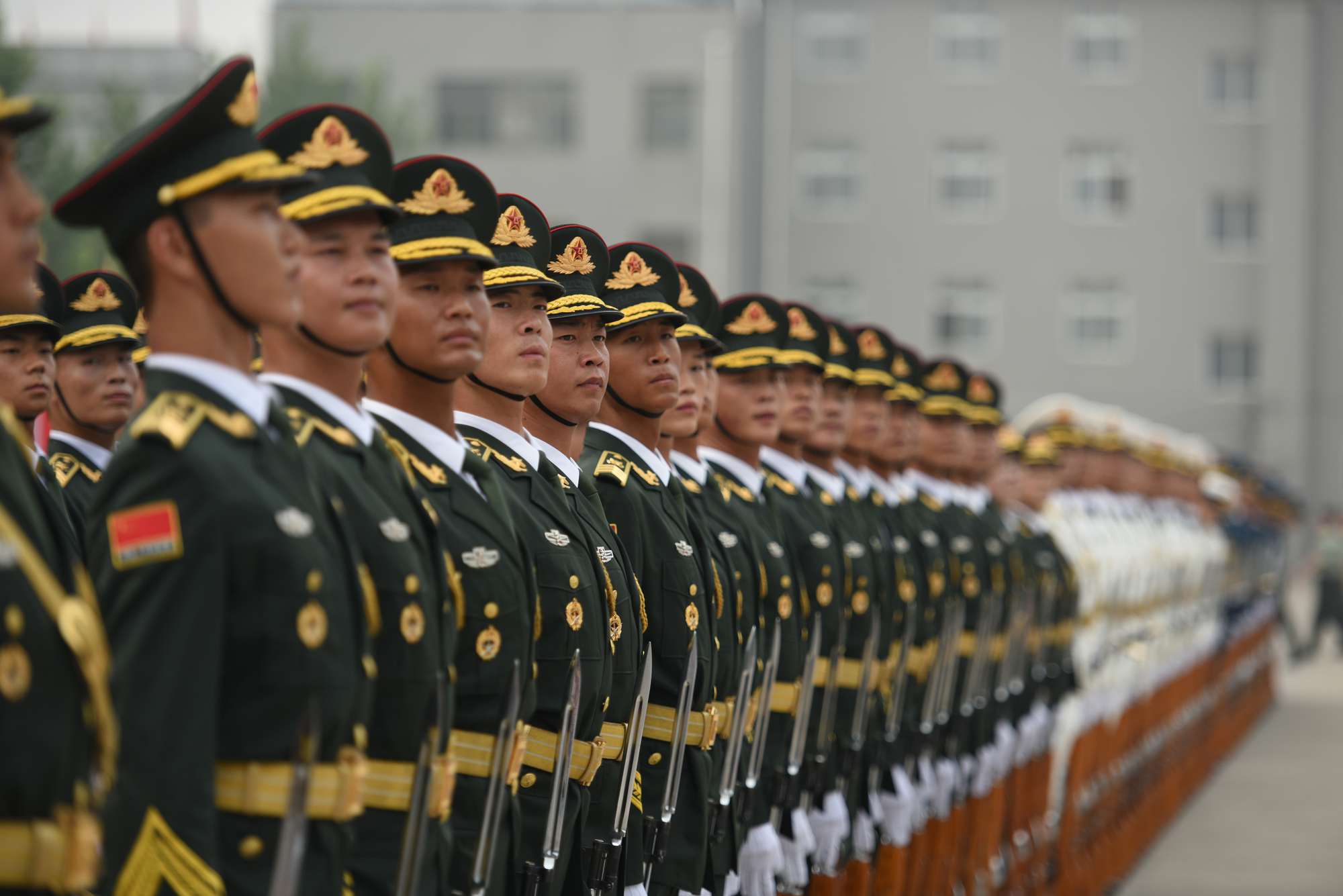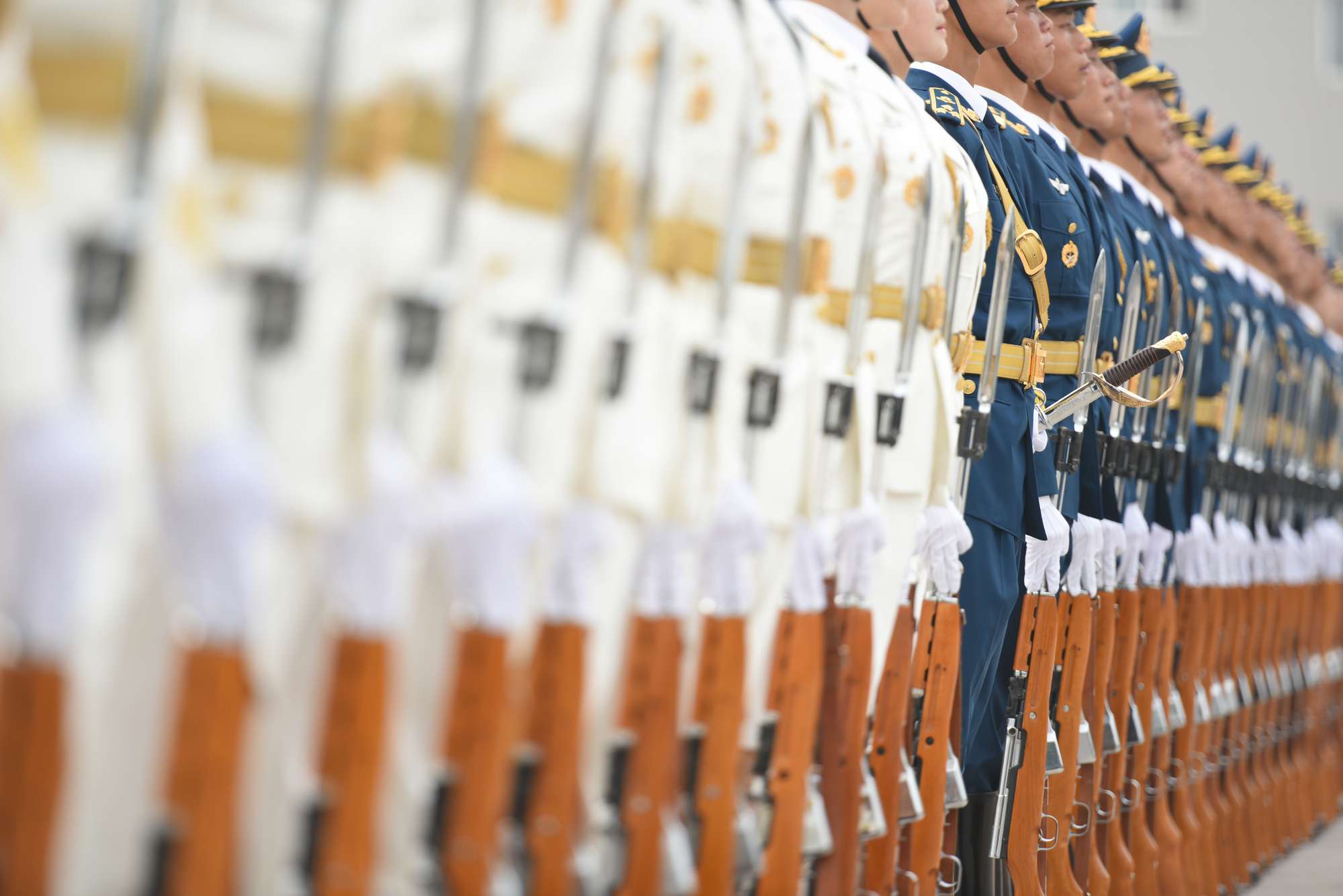More than three years ago, Xi Jinping, General Secretary of the Communist Party of China (CPC) Central Committee, made improving the army's combat strength a major focus in building a stronger army, an idea that has since been the key goal of the country’s military.
At a meeting with national lawmakers from the armed forces on March 11, 2013, Xi, who also serves as chairman of the CPC Central Military Commission (CMC), raised the capability to win wars as one of the fundamentals of building a strong army, the others being the command of the Party and having a proper working style.
Over the past three years, the military's day-to-day training, military drills and its overall reforms have all targeted honing combat strength.
From 2013 to 2015, the People's Liberation Army (PLA) conducted at least 383 drills of various kinds, and the drills all focused on honing real combat capability.

On Sunday, the Chinese Air Force sent over 40 aircraft of various models to the West Pacific for a routine drill to test high-seas real combat capability.
The PLA Army deployed a full infantry battalion for the first time for a United Nations peacekeeping mission in South Sudan in 2015. The PLA Navy has been conducting regular high-seas training missions as well.
Servicemen and women have also been plunged into non-military operations, including earthquake, flood and other disaster relief and rescue missions.The military has also been slashing expenditures on unnecessary items so that more funding goes to weaponry, battlefield construction, education and training.
In 2015, 24,934 public vehicles were cut, and administration costs above the corps level were cut by at least half compared to the previous year.

In March 2014, the CMC issued a guidance demanding the level of military training be raised to actual combat standards to improve the army's capabilities.
The guidance, which stressed that strengthening combat readiness should be viewed as a top priority, outlined concepts, principles, major tasks and measures to raise the level of military training.
Following the requirements, the PLA Army has carried out an extensive evaluation of its combat capability. The navy has boosted fierceness and complexity of drills as well.
China’s Air Force has removed restrictions on airspace used in drills, and the PLA Rocket Force troops expanded their maneuvering range and worked on their ability to deter and strike across the entire defense area.

The military has also been correcting irregularities that may render drills and training ineffective. Over the past three years, more than 600 officers have been subject to various punishments, such as postponed promotions due to not treating drills or training seriously.
On December 31, 2015, China inaugurated the general command for the Army of the People's Liberation Army (PLA), the PLA Rocket Force, and the PLA Strategic Support Force. It is part of the overall reform of the PLA's organization.
On February 1, Xi conferred military flags to the five newly established theater commands of the PLA, and demanded the building of a joint battle command system that is "absolutely loyal, resourceful in fighting, efficient in commanding, and courageous and capable of winning wars."
Through the reforms, a two-tiered command system, including the CMC and theater commands, was established, a move to help boost the CMC's role in strategic command and better coordinate various services with joint command by five theater commands.
By cutting 300,000 standing troops and streamlining of the multi-layered command system, China's military will optimize its structure and the officer-to-soldier ratio.
(This story is edited from a piece originally written by Xinhua)